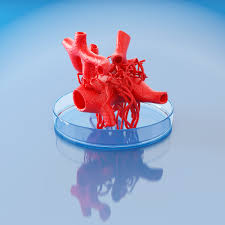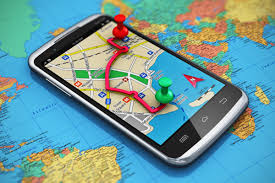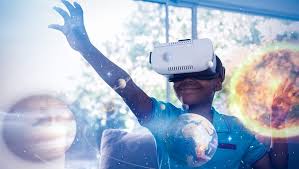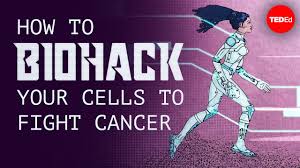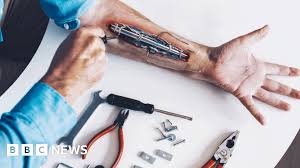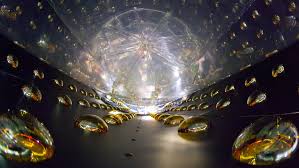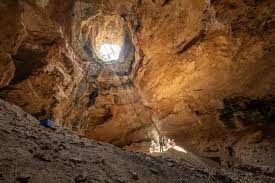
Meet the Scientists Who Are Literally Rewriting Nature
In labs around the world, a new wave of scientists is pushing the boundaries of biology — not just studying life, but actively rewriting it. Through revolutionary technologies like gene editing, synthetic biology, and CRISPR, these researchers are reshaping organisms at the DNA level, creating possibilities once confined to science fiction.
Who are these pioneering scientists, what exactly are they doing, and how could their work change our future? Let’s meet the minds literally rewriting nature.
🧬 The Genetic Revolutionaries
At the heart of this transformation are geneticists and molecular biologists armed with cutting-edge tools like CRISPR-Cas9, a gene-editing technology that allows precise changes to DNA sequences. By cutting and rewriting genes, they can:
-
Eliminate inherited diseases.
-
Engineer crops resistant to pests and drought.
-
Create organisms that produce medicines, fuels, or biodegradable plastics.
Scientists like Jennifer Doudna and Emmanuelle Charpentier, Nobel Prize winners for CRISPR discovery, have paved the way for this genetic revolution.
🧪 Synthetic Biologists: Designing Life from Scratch
Going beyond editing, synthetic biologists build new forms of life by assembling genetic parts like biological Legos. They design microorganisms with custom functions such as:
-
Cleaning up oil spills.
-
Producing sustainable biofuels.
-
Manufacturing complex pharmaceuticals.
This field blurs the lines between biology and engineering, turning cells into programmable factories.
🌱 Rewriting Nature for a Better Planet
Scientists are leveraging these breakthroughs to tackle some of humanity’s greatest challenges:
-
Climate Change: Engineering plants to absorb more CO2 or microbes that break down plastics.
-
Food Security: Developing drought-tolerant, nutrient-rich crops to feed a growing population.
-
Health: Creating gene therapies that can cure genetic disorders and even some cancers.
🤔 Ethical and Safety Considerations
Rewriting nature raises profound ethical questions:
-
Should humans alter the genetic makeup of species and ecosystems?
-
What are the long-term ecological risks of releasing engineered organisms?
-
How do we ensure equitable access to these technologies?
Scientists, ethicists, and policymakers are working together to develop guidelines and regulations that balance innovation with responsibility.
🔮 The Future Is Being Written Today
As gene editing and synthetic biology advance, the possibilities are staggering:
-
Custom-designed organisms for medicine, industry, and environmental restoration.
-
Personalized gene therapies tailored to individual patients.
-
Potentially bringing extinct species back through genetic resurrection.
While challenges remain, the scientists rewriting nature are opening a new chapter in biology—one where humanity actively shapes the blueprint of life itself.
🧠 Final Thought
From curing diseases to saving ecosystems, the work of these pioneering scientists is redefining what’s possible. As they rewrite nature’s code, they’re not just unlocking secrets—they’re crafting the future of life on Earth.
Curious to dive deeper into the stories and science behind these trailblazers? Just ask!


